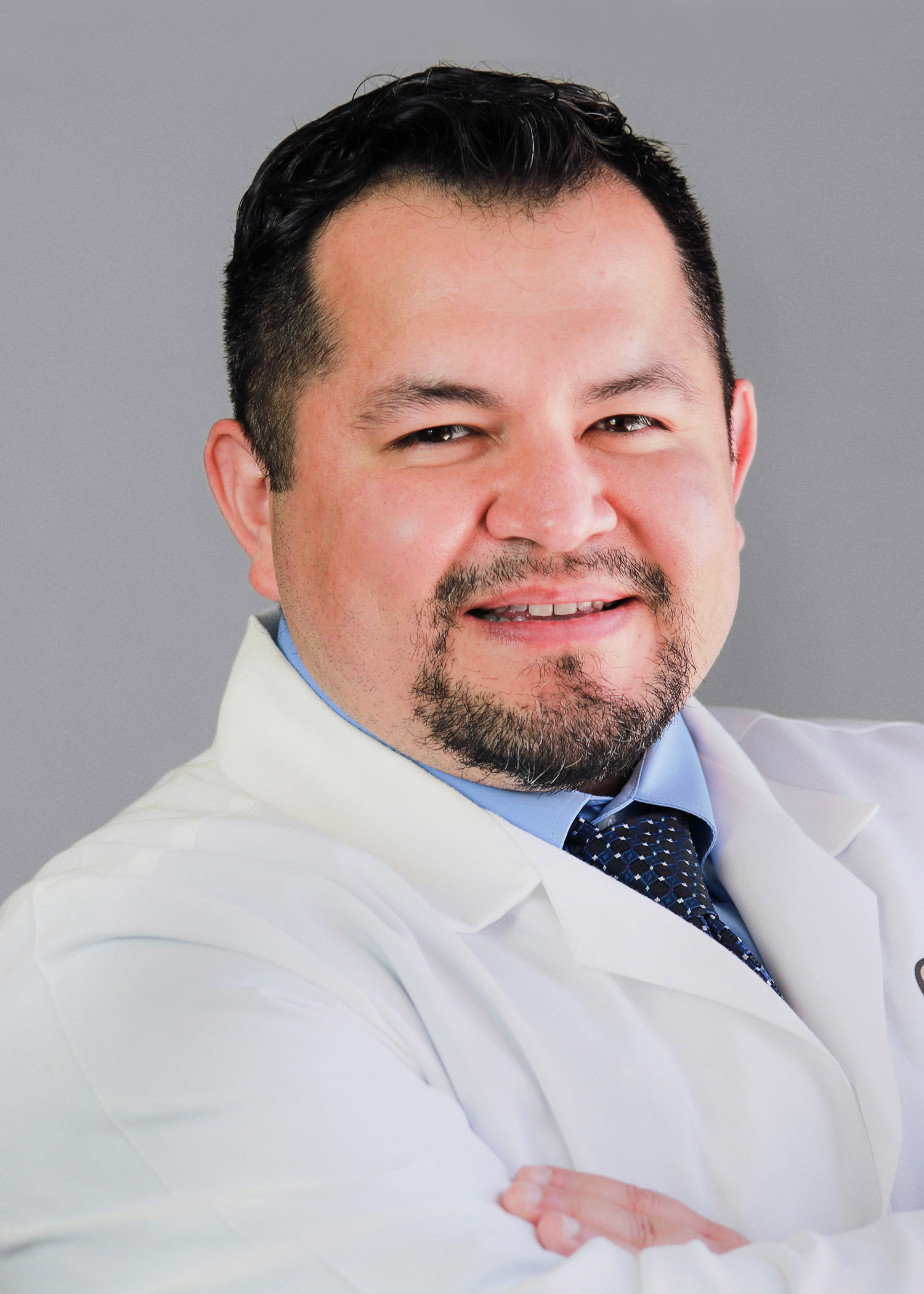University of Colorado Anschutz Medical Campus

Samuel Guzman MD
Assistant Professor - Head of Neuropathology Education Program - Head of Neuroautopsy
- Pathology
- Neuropathology
- Pathology (SOM)
- University of Colorado, Anschutz
- Department of Pathology
I have always been interested in the brain and underlying mechanisms of disease. While I was an undergraduate at California State University Long Beach I had the opportunity explore these interests with a major in Biology and minors in Chemistry and Psychology. It was there that I began performing preliminary research with Dr. Hung Wei-Tsai on sexually dimorphic genes in mouse pup brains that are epigenetically regulated by exogenous hormone administration during varying times of maternal pregnancy. This was my first exposure to laboratory based research with multiple duties including: animal care, dissection, Western Blots and PCR’s. This experience taught me a laboratory based approach to understanding mechanism in the brain.
I followed my interests in disease mechanisms and neuroscience to Keck School of Medicine of the University of Southern California. This was my first exposure to the field of pathology by my mentors Dr. Clive Taylor and Dr. Wesley Naritoku. They would meet and work with me regularly during my third and fourth years of medical school in order to give me more exposure to varying cases. I also had the opportunity to rotate at Children’s Hospital Los Angeles, which is where I met Dr. Floyd Gilles who took a lot of time to teach me neuropathology and the importance of research in the field. He would highlight the major differences between adult and pediatric brain tumors as well as teach neuroanatomy. By the end of medical school I knew that I would like to pursue a career in neuropathology.
I completed an AP/CP residency program at Cedars-Sinai Medical Center where I had the opportunity to work with, and learn from, a group of 40 subspecialized pathologists. It was there that I had the opportunity to work with emerging platforms in pathology like image analysis software that utilized deep learning, a convolutional neural network that could diagnose lung tumor cases independently. This allowed me to begin working in translational pathology and see the possibilities that exist with new technology.
As a neuropathology fellow at USC and later a neuropathology faculty at Keck Medical Center of USC I had the opportunity to work in the university affiliated hospitals as well as the Alzheimer’s Disease Research Center of USC. My research interests tended to gravitate toward neurodegeneration and epilepsy with the use of spatial transcriptomics. This technique allows one to molecularly dissect tissue at the RNA level while keeping the spatial orientation of the cells in order to see the cellular communication taking place. These unique molecular signatures will allow subclassification of these entities that could not be seen before by current techniques. This will hopefully lead to the development of objective biomarkers for an earlier and personalized diagnosis.
Areas of Expertise
Neuropathology
Education, Licensure & Certifications
Education:
- 2010 B.S. California State University Long Beach, Long Beach, CA
- 2015 M.D. Keck School of Medicine of the University of Southern California, Los Angeles, CA
- 2015-2019 Resident Pathology, Anatomic/Clinical, Cedars-Sinai Medical Center, Los Angeles, CA
- 2019- 2021 Fellow Neuropathology, Keck Medical Center/ Children’s Hospital Los Angeles/ LAC+USC Medical Center Los Angeles, CA
Licensure:
- California Medical License and Colorado Medical License
Prior Experience
- 2021-2022 Neuropathology Faculty at Keck Medical Center of USC and the Alzheimer's Disease Research Center of USC
Awards
Keck School of Medicine of USC Teaching Excellence Award in Anatomic Pathology 2022
Keck School of Medicine of USC Teaching Excellence Award in Surgical Pathology 2022
Affiliations
University of Colorado Hospital